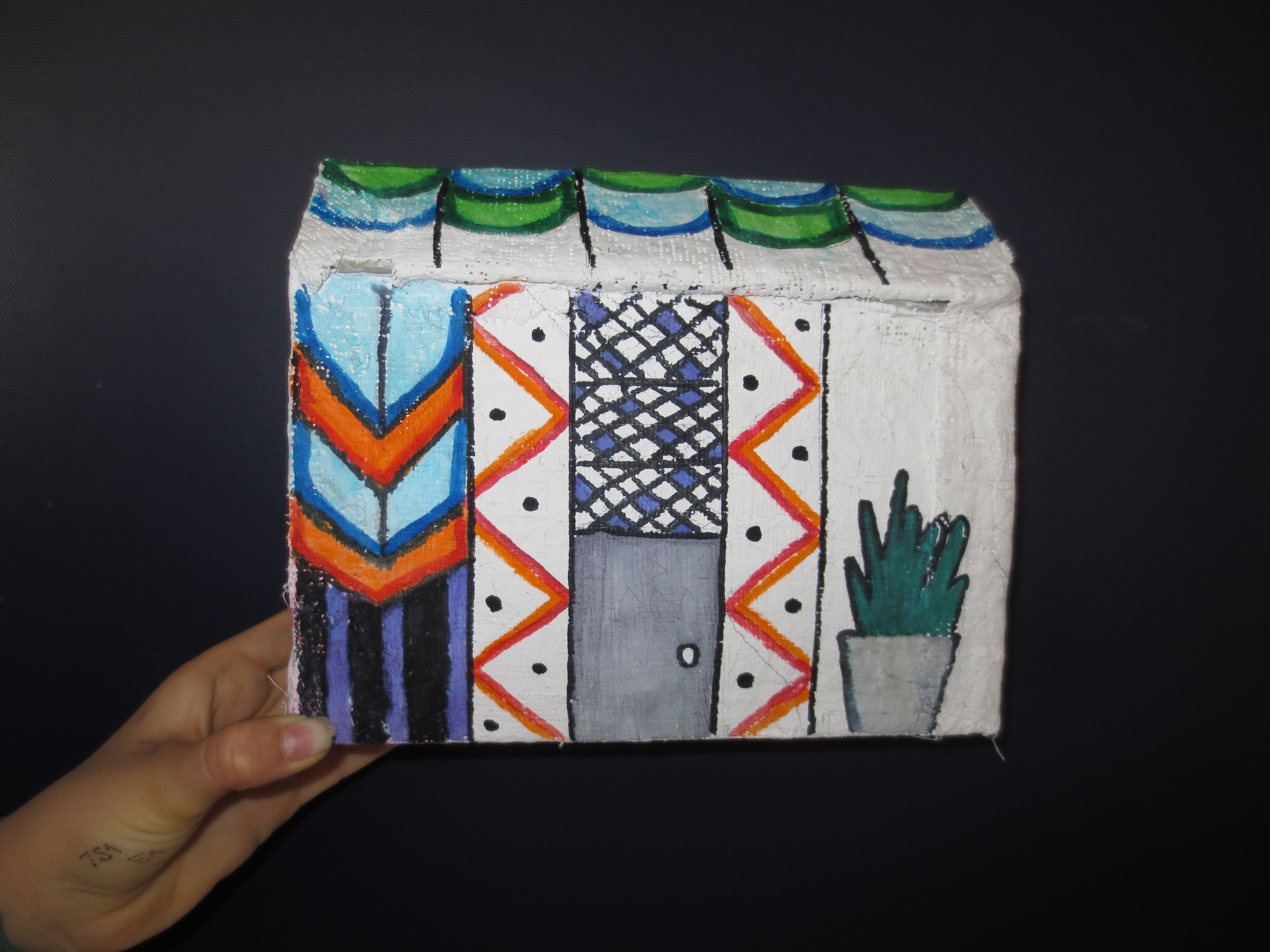
Delivering Bronze Arts Award as a mix of classwork and homework
BY: Guest Writer
29 Jan 2024
Lesley Morgan, Arts Development Manager at Sawston Village College in Cambridgeshire describes their unique Arts Award delivery model, which combines a high degree of self-study with classroom learning.
We were early adopters of Arts Award, beginning our delivery of the award here at Sawston Village College in 2007. Initially we advertised this in school as an extracurricular opportunity and left it to pupils to come forward to get involved, and inevitably it was the keen, highly motivated pupils who took advantage of this opportunity. However, we then went on to deliver Arts Award as part of National Lottery Heritage Funded projects and reached a wider mix of pupils, and created an Arts Award-in-a-Week programme for our summer schools for disadvantaged pupils. From this we saw the benefits to those young people of engaging in Arts Award and realised we wanted to support wider participation and engagement more regularly and so we set about looking at how we could deliver Arts Award within the curriculum.
Wide range of art forms
We decided to target our Year 7 cohort and support them to complete the Bronze Arts Award in their first year with us. As a school that values the arts highly, completing the Bronze Arts Award in Year 7 would support introducing our youngest pupils to a wide range of art forms (e.g. Ndebele art/steel pans), giving broader cultural awareness. It would also set an early expectation of achievement, develop confidence and set our pupils up well for their time in secondary school and beyond. We consulted with our then local Bridge organisation, who offered advice. We made booklets for our Year 7s to record their work in and we scheduled Arts Award lessons once a fortnight over the academic year, supported by homework, looking to have young people entered for the award towards the end of the summer term.
their first year with us. As a school that values the arts highly, completing the Bronze Arts Award in Year 7 would support introducing our youngest pupils to a wide range of art forms (e.g. Ndebele art/steel pans), giving broader cultural awareness. It would also set an early expectation of achievement, develop confidence and set our pupils up well for their time in secondary school and beyond. We consulted with our then local Bridge organisation, who offered advice. We made booklets for our Year 7s to record their work in and we scheduled Arts Award lessons once a fortnight over the academic year, supported by homework, looking to have young people entered for the award towards the end of the summer term.
Doing Bronze Part A last
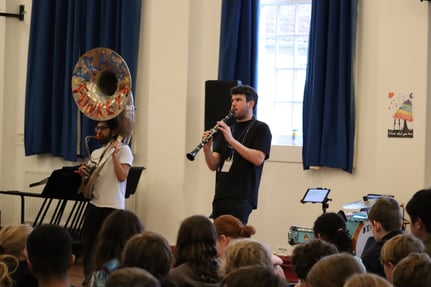 We had pupils begin with Part C of Bronze, where they had an open choice of arts inspirations. They then moved to Part D, where classes split into two to learn different arts skills (origami and the sevens rhythm) from short videos we created, then joined up with a partner from the opposite group to teach their skill. Part B then followed. To support completion of this, we brought a music performance into school, which every year 7 pupil attended, ensuring everyone had had the experience of being the audience. Finally we completed Part A, giving pupils a free choice of what they focused on for this knowing that, by the time they approached this part, everyone had had experience of lessons in drama, art, and music so would find something to focus on even if they did not attend any arts-focused clubs or groups as part of extracurricular activities or outside school. This approach worked well, and we found that, on average, about 95% of the cohort would complete and pass the award each year.
We had pupils begin with Part C of Bronze, where they had an open choice of arts inspirations. They then moved to Part D, where classes split into two to learn different arts skills (origami and the sevens rhythm) from short videos we created, then joined up with a partner from the opposite group to teach their skill. Part B then followed. To support completion of this, we brought a music performance into school, which every year 7 pupil attended, ensuring everyone had had the experience of being the audience. Finally we completed Part A, giving pupils a free choice of what they focused on for this knowing that, by the time they approached this part, everyone had had experience of lessons in drama, art, and music so would find something to focus on even if they did not attend any arts-focused clubs or groups as part of extracurricular activities or outside school. This approach worked well, and we found that, on average, about 95% of the cohort would complete and pass the award each year.
Then Covid came
Despite lockdown challenges, we felt it important to continue to deliver Arts Award remotely: we were confident of the benefits of this to our youngest pupils, and of lockdown arts engagement generally, and so our 2020 and 2021 cohorts completed most of their awards in lockdown. This meant skills for Part D were often shared with siblings/parents as opposed to peers, prompting a moderator to note the positive feedback recorded of this experience by parents, who clearly enjoyed this interaction, and leading us also to believe Arts Award was supporting home learning.
Hybrid working
Established back in school, we found the fortnightly Arts Award lesson was now needed for additional PSHE lessons and so we had to rethink how we delivered Arts Award. From our lockdown Arts Award experience, we knew that pupils could complete Arts Award at home and so we decided to develop our Arts Award delivery as a mix of classwork/homework, with the Arts Award classwork activity redistributed to music, art and drama curriculum lessons. We introduced this approach for 2022-23 and were delighted by how well it worked: 231 pupils achieved the Bronze Arts Award, a 97% success rate.
Using school assemblies and short films
We are now in the second year of this new delivery mode. We introduce Arts Award to our Year 7 pupils in the autumn term via an assembly and we set the first homework assignment (to complete Part C) then. We have made a short film of older pupils talking about Part C, which we use in the assembly as an introduction to this part. We have also made a worksheet but it is not compulsory for pupils to use this: we encourage pupils to present their work creatively, and again, pupils have free reign to choose whoever they want for their arts inspiration – provided it fits the criteria. The drama department takes responsibility for collecting this work in from pupils.
Passing on skills to family members
From Part C, we move again to Part D, which is also set as a homework task and introduced in an assembly, which also features a film with older pupils talking about completing this task. We set this assignment as homework just before the school closes for Christmas, knowing that over the holiday period families will likely be visiting and there may be opportunities for pupils to find willing students in grandparents and aunts and uncles. We have a resource bank accessible to pupils with ideas for skills shares and we again have a worksheet for pupils to use, though it is not compulsory for them to do so. As the moderator commented on in our lockdown moderation, older family members seem to enjoy having the opportunity to work with our pupils in this way, with dads getting involved in painting techniques and mums having guitar lessons, among many other activities. Of course, our pupils can also work with friends and many do so.
Part B is next and we continue to bring a music performance into school, which all Year 7s attend. Now, however, they follow up on this in the music classroom, discussing the performance and writing and sharing their reviews there.
Part A is completed in the art classroom where pupils follow a scheme of work which involves them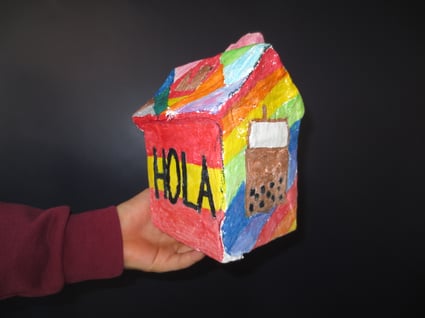 looking at Ndebele art, creating their hopes and wishes in Ndebele style and using the images they have created to make a design for the outer surfaces of a miniature Ndebele style house which they will create in mod-roc. In planning their design, they will also learn about 2-point perspective and make a drawing of their house. Pupils complete this work over a number of sessions, documenting all of their work in an 8-page booklet and reflecting on what they are learning.
looking at Ndebele art, creating their hopes and wishes in Ndebele style and using the images they have created to make a design for the outer surfaces of a miniature Ndebele style house which they will create in mod-roc. In planning their design, they will also learn about 2-point perspective and make a drawing of their house. Pupils complete this work over a number of sessions, documenting all of their work in an 8-page booklet and reflecting on what they are learning.
As I write this, our Year 7 pupils have completed Part C, are shortly due to hand in Part D and are about to begin Part A in art. Meanwhile, the music department is busy deciding on the performance they will bring into school in March.
Images: Ndebele houses and Brass Funkeys performance, photos by Sawston Village College
Related posts
BY: Alan Lynch
BY: Guest Writer
BY: Guest Writer

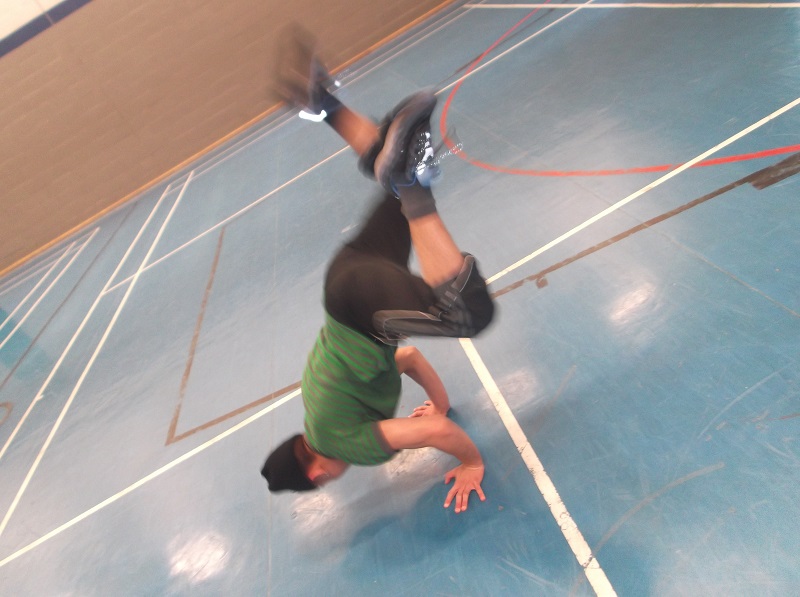
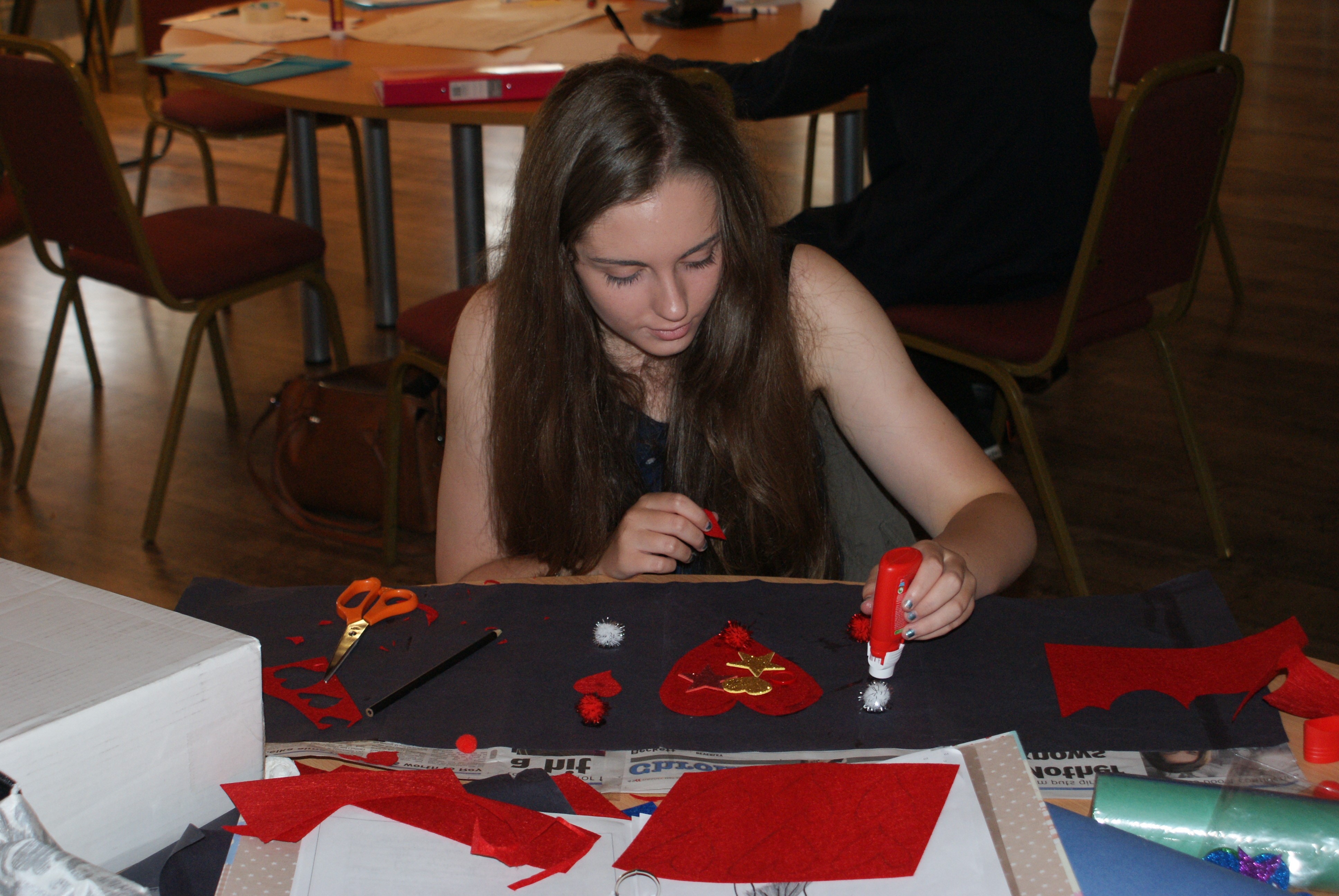

Comments & Replies